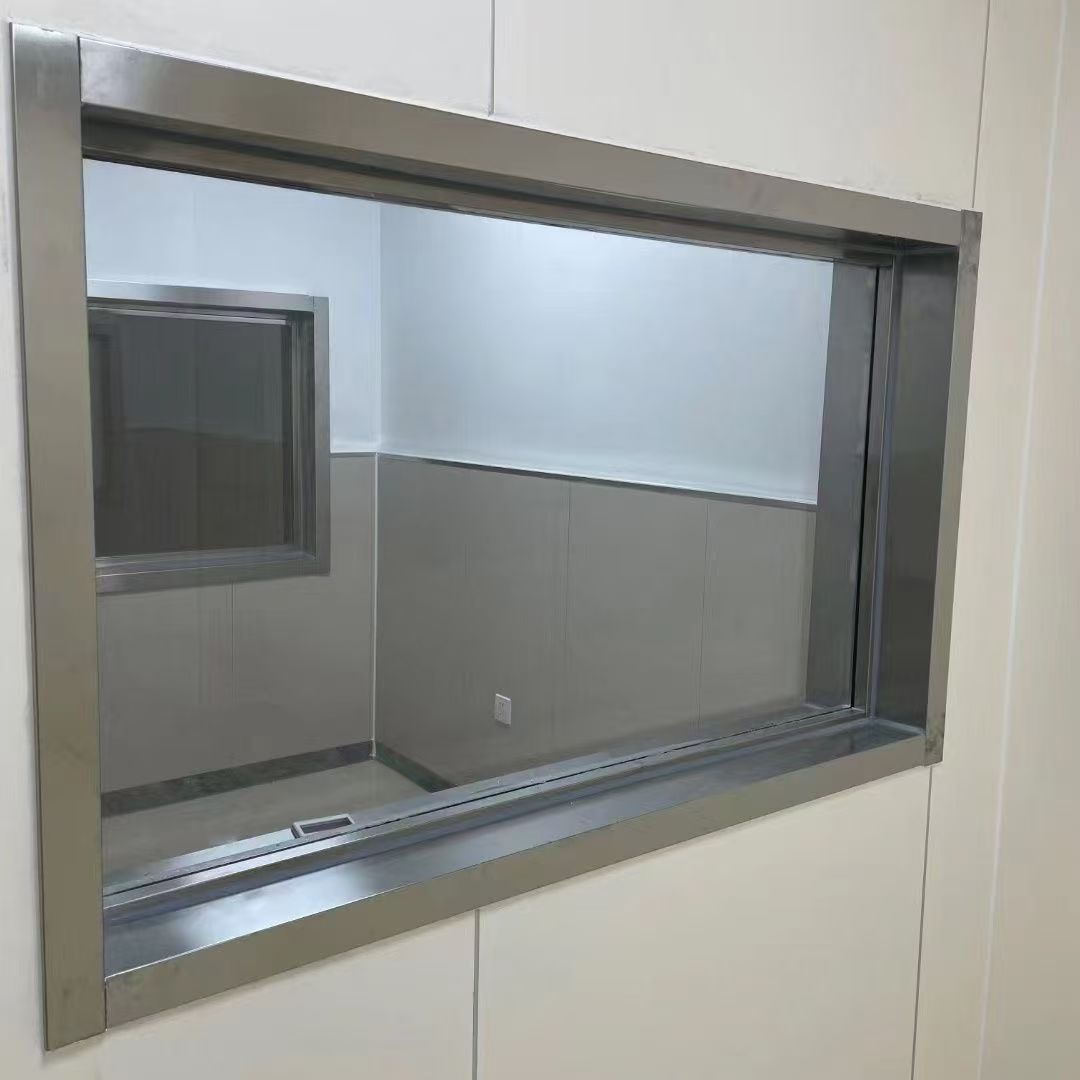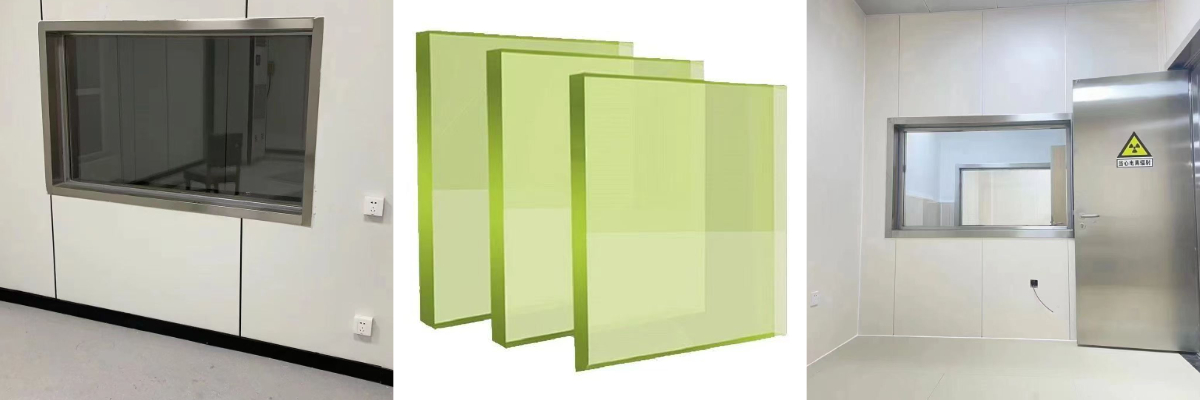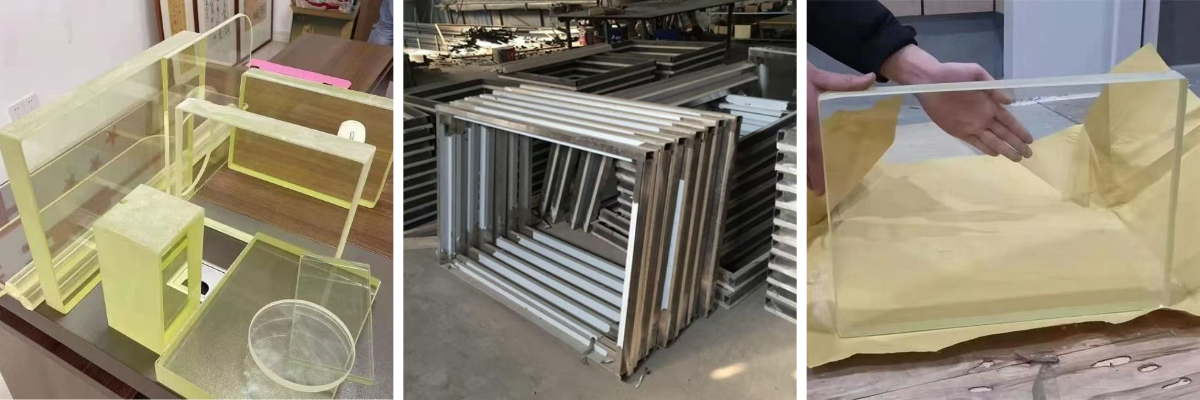Hospital Lead Window
Highly effective radiation protection: Lead-containing components can effectively shield ionizing radiation such as X-rays and gamma rays, and are widely used in medical, nuclear industry and other fields.
High light transmittance: While providing radiation protection, it maintains excellent optical transparency for easy observation and operation.
Strong corrosion resistance: Resistant to acid and alkali corrosion, suitable for corrosive environments such as laboratories and chemical industries.
Good mechanical properties: High hardness, wear resistance, stronger and more durable than ordinary glass.
Sound insulation and heat insulation: High-density structure can absorb sound waves and heat, improving environmental comfort
Lead glass windows are a type of functional special glass with lead oxide (PbO) as the main component. With its unique physical and chemical properties, they are widely used in radiation protection, industrial detection and special environment fields. The following is an analysis of its core characteristics and applications:
1. Material characteristics
Radiation shielding ability
The lead content of lead glass is usually between 20% and 80%. The high density (3.8-6.2 g/cm³) enables it to effectively absorb and scatter ionizing radiation such as X-rays and gamma rays. The shielding efficiency is dozens to hundreds of times that of ordinary glass. It is widely used in observation windows of hospital CT rooms, nuclear power plants and laboratories.
Excellent optical properties
The lead component increases the refractive index of the glass (up to 1.6-2.0), and the transmittance remains above 80%. It meets both protection and observationneeds and is often used in precision instrument windows or operating room protective screens.
Corrosion resistance and stability
Acid and alkali resistance, high temperature resistance (softening point of about 600℃), can be used for a long time in corrosive environments such as chemical and electroplating workshops.
2. Structure and process
Lead glass is produced by melting, melting silicon dioxide, lead oxide and a small amount of stabilizer (such as potassium oxide) at high temperature and then forming. Its thickness (5-50mm) and lead equivalent (0.5-5.0mmPb) can be customized according to the radiation intensity, and the surface can be coated to enhance wear resistance.
3. Application scenarios
Medical field: radiology, interventional operating room, dental X-ray room, etc., to protect medical staff from radiation damage.
Industrial detection: observation window of industrial CT and non-destructive testing equipment to ensure safe operation.
Scientific research and nuclear energy: protective barriers in nuclear reactor control rooms and particle accelerator laboratories.
Special buildings: UV-proof display cabinets in museums and jewelry stores, or soundproof windows in acoustic laboratories.
4. Precautions for use
Installation specifications: The edges need to be sealed to prevent radiation leakage, and lead plates are used to reinforce the joints.
Maintenance requirements: Avoid scratches with hard objects, use neutral solvents when cleaning to prevent surface oxidation.
Environmentally friendly recycling: Waste lead glass needs to be handled professionally to avoid lead pollution in the environment.
Lead glass windows achieve an efficient balance between safety protection and functionality, and are an indispensable key material in high-risk environments.















